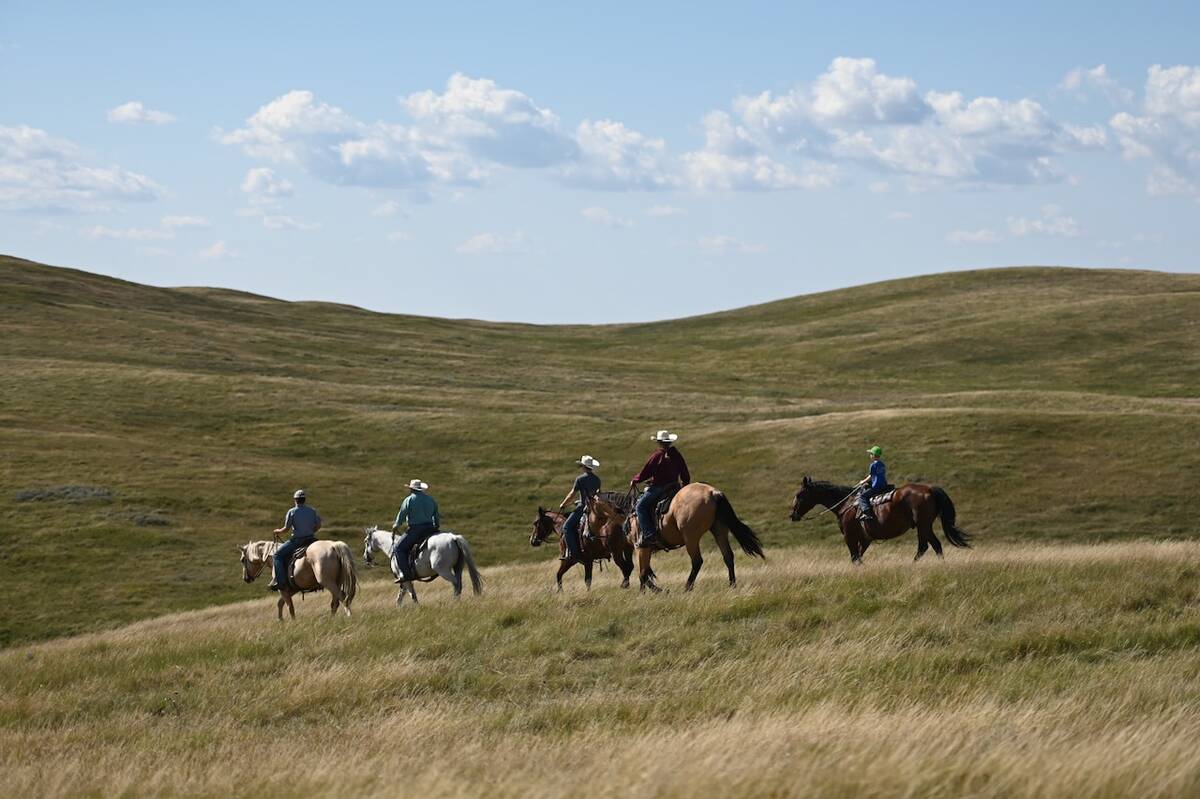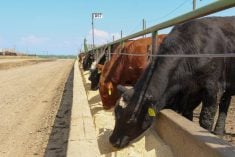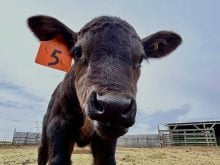Alberta packers were buying fed cattle on a dressed basis in the range of $274-$276 during the third week of April. The Alberta fed market has been relatively flat over the past month. We mentioned in earlier issues that Alberta is contending with a severe backlog of market-ready supplies due to the year-over-year increase in placements during the fall and early winter period.
The Alberta fed market continues to trade at a $11 discount to Nebraska. South of the border, fed cattle prices in the U.S. Southern Plains were quoted in the range of $139-$141, up $1-$2 from the March average.
U.S. beef production is coming in larger than anticipated. Western Canadian feeder cattle prices have been under pressure over the past month. Rising feed grain prices continue to set a negative tone to replacement values. We’ve seen significant equity erosion in the feedlot sector over the winter as the cost of gain has risen substantially.
Read Also

Quads have uses on the ranch, but nothing beats a horse with a heart
Lonesome Dove Ranch recently acquired a quad, but it’s no replacement for a good ranch horse, says rancher Tara Mulhern Davidson.
Canadian feeder cattle exports to the U.S. are up sharply from year-ago levels due to the competitive advantage of U.S. feedlots. On top of the rising feed grain prices, U.S. feeder cattle placements during the first two months of 2022 were sharply higher than anticipated. These cattle will come on the fed market during the summer. In this column I hope to explain why feeder cattle numbers have been sharply higher than expected, as well as how the current situation influences the longer term outlook.
Feeder cattle placements into U.S. feedlots were larger than anticipated during the first two months of 2022. First, the USDA made an upward revision of 359,000 head to the 2020 calf crop on the recent inventory data. The 2020 calf crop was raised from 35.136 million head to 35.495 million head. The 2021 calf crop came in 35.085 million head. Essentially, we have nearly the same number of calves as we thought last year at this time due to the 2020 revision. There is only a difference of 51,000 head. (35.136 minus 35.085 which equals 51,000).
Feeder numbers up for now

More importantly, the USDA reported that the number of heifers intended for herd replacement as of January 1, 2022 were down 349,000 head from a year before. These additional heifers have been placed in feedlots. Without going into detail, if we take into account the revision to the U.S. calf crop along with heifers for herd maintenance, the number of feeder cattle in the U.S. is up about 700,000 head from year-ago levels. This is significant.
The year-over-year increase for feedlot placements have been in the 700-800 pound categories. These cattle will come on the fed market during June through August. The USDA has increased second and third quarter production estimates accordingly. U.S. second quarter beef production is expected to be similar to year-ago levels while third quarter production is forecasted to exceed last year. Earlier in winter, we were expecting 200 million-pound year-over-year decline for the second and third quarters of 2022.
Feeder cattle supplies have been larger than expected. There is no doubt about it and the prices have reflected this increase. The feeder market will transition from the burdensome supply situation in the second quarter to a tight fundamental structure in the final quarter of 2022. We’re now factoring a year-over-year decline of 500,000 head in the 2022 calf crop. This automatically means less calves in the upcoming fall and winter period.
The feeder market will function to encourage expansion. The market needs to move high enough to encourage significant heifer retention. Heifers held back for breeding next winter are expected to increase by 400,000 to 500,000 head. This fall, feeder cattle availability could be down by nearly one million head in the U.S.
There are two factors that could further enhance feeder cattle prices. In the accompanying table notice that fourth quarter beef production is expected to be down 358 million pounds compared the fourth quarter of 2021. During the first quarter of 2023, a year-over-year decrease of 400 million pounds is expected.
We’re going to see higher fed cattle prices during the final quarter of 2022. During the first quarter of 2023, fed cattle prices could reach historical highs. Secondly, we’re looking for a sharp year-over-year increase in barley production. It is possible Western Canada will have a surge in feed wheat stocks. Seeding will be later than normal and this will make the wheat crop vulnerable to adverse weather in the fall period. Feed grain prices in Western Canada could be down $100/tonne from current levels next fall.
Cow-calf producers in Western Canada need to expand the herd this summer. At this stage, it looks like we’ll see normal precipitation. Cow calf producers should be aggressive and stock up on light weight calves. These will be a big money maker for next fall. Yearling prices are expected to make fresh 52-week highs in August and September.
















